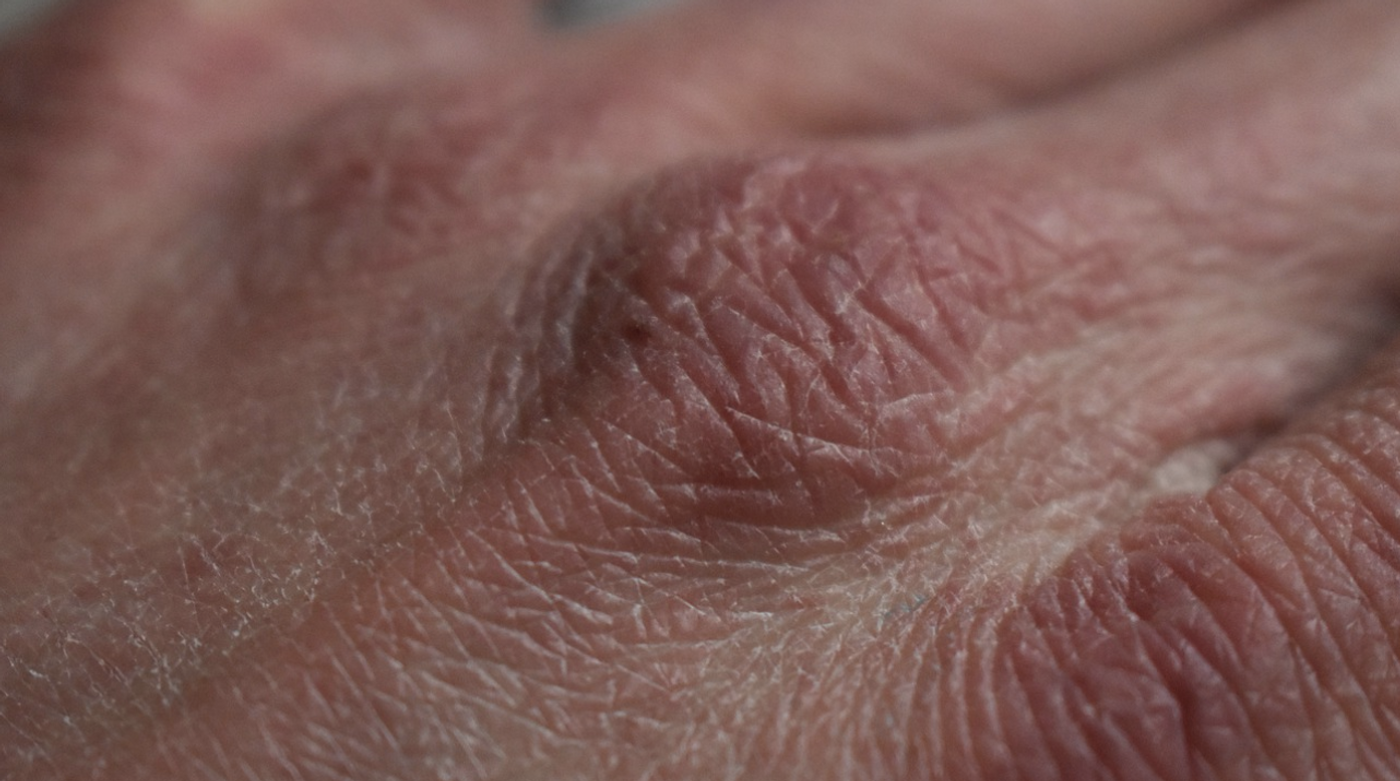Developmental Processes Are Active in Diseased Skin Cells
Many different types of cells make up the human body, and the Human Cell Atlas is an initiative that has been aiming to characterize all of them. Cells all carry the genome in their nucleus, but only certain genes are active in specific cells at any given time, which is how organisms including humans are built and maintained. When these cellular processes go awry, disease can occur. Researchers have now learned more about different types of skin cells and created an atlas of the cells that make up human skin.
One of the most important parts of our immune system is the skin, a barrier that shields the body from invaders and is crucial for health and survival. Chronic inflammatory conditions can impact the skin and cause it to itch or flake; in atopic eczema and psoriasis, the immune system is overactive, which can cause pain and actually make the skin more likely to be infected. The only available treatments act on the symptoms but not the underlying cause, which is poorly understood.
This work, which was reported in Science, has revealed a new way of looking at inflammatory diseases. When researchers analyzed skin cells that were taken from patients with eczema and psoriasis, they determined that biochemical pathways that are supposed to only operate during development were active in these cells. This work may change how disorders like rheumatoid arthritis and inflammatory bowel disease are understood and treated.
In this work, the scientists used molecular and computational tools to analyze cells from psoriasis and eczema patients at the single-cell level and compare them to healthy cells. They assessed about half a million skin cells to see which genes were active, the physiological roles played by the various types of skin cells, and how these cells interact. This revealed that in the patients with skin disorders, many of the mechanisms at work were those seen during development.
"This Skin Cell Atlas reveals specific molecular signals sent by healthy developing skin to summon immune cells and form a protective layer. We were amazed to see that eczema and psoriasis skin cells were sending the same molecular signals, which could over-activate immune cells and cause the disease. This had never been seen before," noted co-senior study author Professor Muzlifah Haniffa of Newcastle University and Associate Faculty at the Wellcome Sanger Institute. "Discovering that developing cell pathways re-emerge is a huge leap in our understanding of inflammatory skin disease, and offers new routes for finding treatments."
"While our study focused on inflammatory skin disease, there is potential that other inflammatory diseases such as rheumatoid arthritis or inflammatory bowel disease could be triggered in the same way," added first study author Dr. Gary Reynolds of Newcastle University. "This research shows the importance of studying development, and could open up entirely new avenues for inflammatory disease research."
By providing new details on the development of healthy skin, this work can also provide new insights into how to heal skin that's been damaged or burned.
"There have been decades of research on skin cells grown in the laboratory. However, it is not always clear how the properties of the cells change in the laboratory setting," noted co-senior study author Professor Fiona Watt of Kings College London. "By revealing the detailed make-up of cells immediately on isolation from developing and adult human skin, this Skin Cell Atlas can act as a template for researchers trying to reconstruct healthy skin in regenerative medicine. Our data is openly available, and we hope this will aid research into creating skin tissue in the laboratory."
Sources: AAAS/Eurekalert! Via Wellcome Trust Sanger Institute, Science









